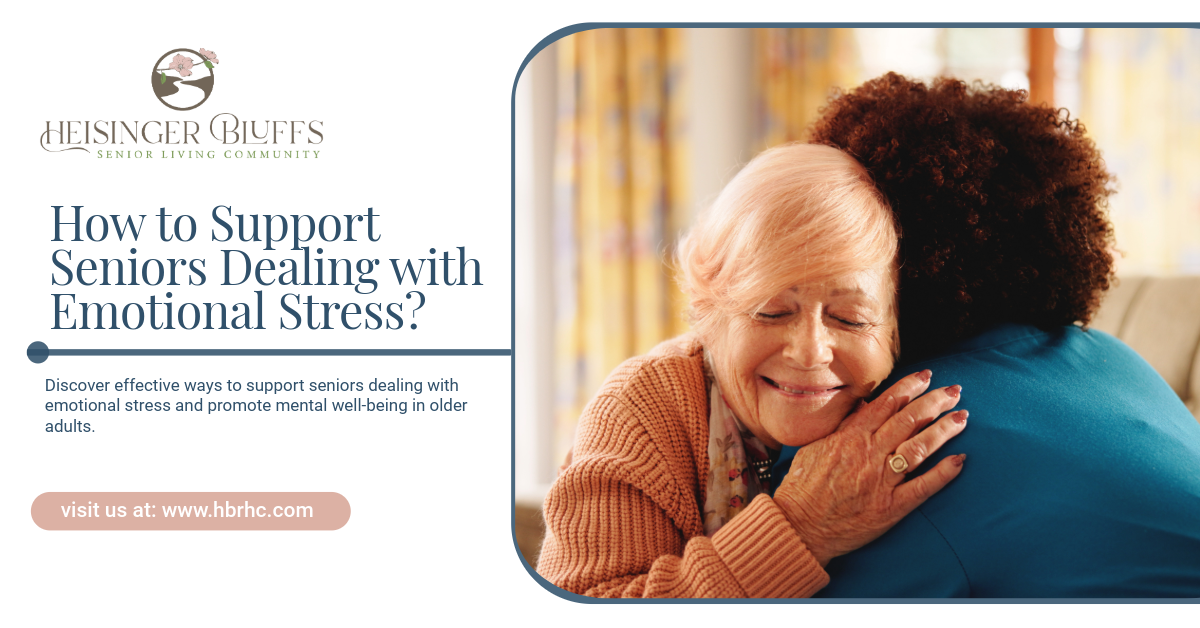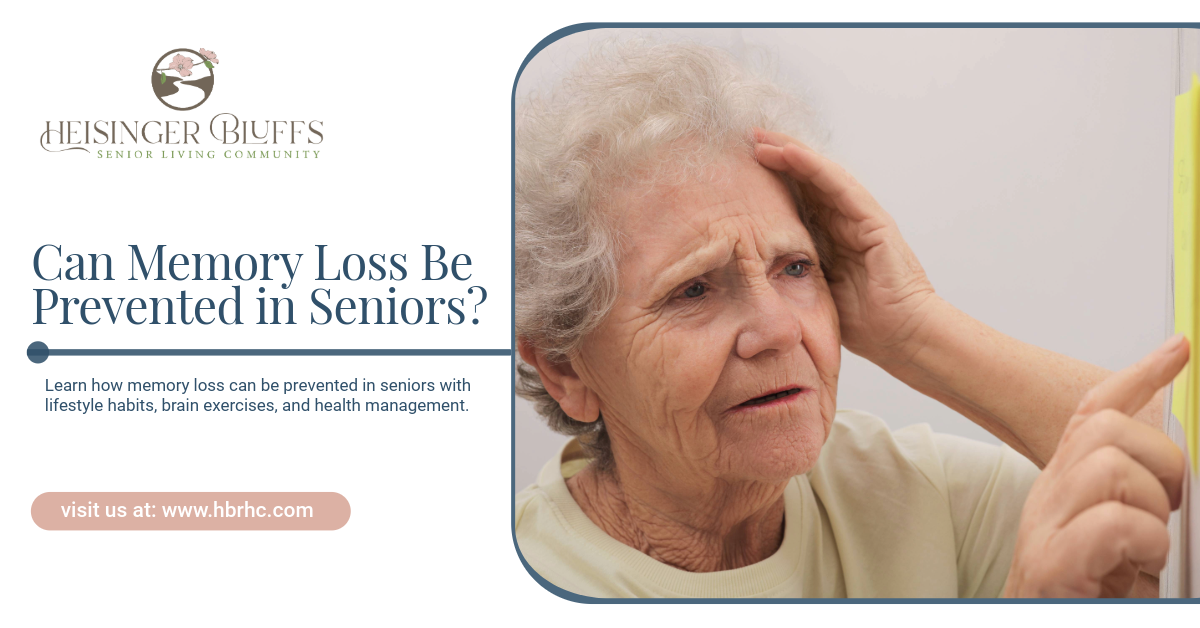How Senior Living Supports Heart Health

Heart health is a critical concern for older adults, as cardiovascular disease remains one of the leading causes of illness and hospitalization in seniors. Living in a senior community can provide structured support to maintain heart health and improve overall well-being. From nutrition and exercise to routine medical monitoring and emotional support, senior living communities offer a comprehensive approach to cardiovascular wellness.
Why Heart Health Matters for Seniors
Aging naturally increases the risk of heart-related issues such as high blood pressure, coronary artery disease, and heart failure. Maintaining heart health in later years is essential for:
- Reducing the risk of hospitalization and medical complications
- Supporting mobility and independence
- Improving quality of life and emotional well-being
- Enhancing longevity and vitality
Senior living environments provide the tools and support needed to address these challenges proactively.
Key Ways Senior Living Supports Heart Health
1. Heart-Healthy Nutrition
Proper nutrition is essential for cardiovascular wellness. Senior living communities often provide:
- Balanced meals: Focused on low sodium, low saturated fat, and high fiber foods
- Heart-friendly diets: Incorporating fruits, vegetables, whole grains, lean proteins, and healthy fats
- Special dietary accommodations: Tailored plans for residents with hypertension, diabetes, or high cholesterol
- Hydration support: Regular encouragement and access to fluids to support overall cardiovascular function
Example of a Heart-Healthy Meal Plan:
| Meal | Menu Example | Heart Health Benefits |
|---|---|---|
| Breakfast | Oatmeal with berries, walnuts, and skim milk | Fiber lowers cholesterol; antioxidants support heart health |
| Lunch | Grilled salmon, quinoa, and steamed broccoli | Omega-3 fatty acids promote healthy heart function |
| Snack | Apple slices with almond butter | Nutrient-rich, low-sodium option |
| Dinner | Turkey chili with kidney beans and vegetables | High protein, fiber, and low in saturated fat |
2. Exercise and Physical Activity
Physical activity is a cornerstone of heart health. Senior living communities provide:
- Structured exercise programs: Group fitness classes, yoga, water aerobics, and strength training
- Daily activity encouragement: Walking clubs, garden maintenance, or recreational games
- Personalized exercise plans: Tailored to resident fitness levels and medical conditions
Regular exercise improves circulation, lowers blood pressure, strengthens the heart muscle, and reduces the risk of stroke and heart disease.
3. Medical Monitoring and Health Management
Continuous health monitoring is vital for seniors at risk of heart conditions. Senior living communities provide:
- Routine check-ups: Regular blood pressure, cholesterol, and glucose screenings
- Medication management: Ensuring timely administration and adherence to prescriptions
- On-site healthcare staff: Nurses, aides, and doctors available for emergencies or routine care
- Early intervention: Quick identification of irregularities, reducing complications
This constant supervision helps residents stay on track with their heart health goals and prevents serious cardiovascular events.
4. Stress Reduction and Emotional Support
Emotional well-being plays a critical role in cardiovascular health. Chronic stress can elevate blood pressure and contribute to heart disease. Senior living communities support emotional health through:
- Social engagement: Group activities, clubs, and events reduce isolation
- Mental health support: Counseling and therapy programs available on-site
- Relaxation techniques: Meditation, music therapy, and gentle exercise
- Community environment: A sense of belonging and routine promotes emotional stability
By fostering emotional well-being, seniors can maintain lower stress levels and support heart function naturally.
5. Smoking Cessation and Lifestyle Support
Many senior living communities encourage healthy lifestyle choices, including:
- Smoking cessation programs to reduce cardiovascular risk
- Education sessions on heart health and nutrition
- Support groups for residents managing chronic conditions
Encouraging healthy habits in a supportive environment greatly enhances heart health outcomes.
The Role of Social Interaction in Heart Health
Studies show that social isolation can significantly increase the risk of heart disease. Senior living environments help seniors build meaningful relationships through:
- Group activities, clubs, and events
- Shared dining experiences
- Peer support networks
- Volunteer opportunities within the community
Maintaining social connections reduces stress, promotes a sense of purpose, and can lower blood pressure, benefiting overall cardiovascular health.
Monitoring Progress and Staying Motivated
Senior living communities use several strategies to help residents track their heart health:
- Regular health assessments with personalized feedback
- Fitness tracking programs such as step goals or exercise logs
- Resident health education about blood pressure, cholesterol, and heart-healthy behaviors
- Recognition programs for achieving personal health milestones
Tracking progress encourages seniors to stay engaged with their health and motivated to maintain heart-healthy habits.
Common Heart Health Services in Senior Living
| Service Type | Description |
|---|---|
| Routine Health Screenings | Blood pressure, cholesterol, glucose, and BMI checks |
| Medication Management | Assistance with daily prescriptions |
| Physical Therapy | Exercise for strength, mobility, and cardiovascular support |
| Nutritional Counseling | Diet plans tailored to heart health |
| Mental Health Programs | Stress reduction, therapy, and social engagement |
| Wellness Education | Workshops on heart-healthy lifestyle choices |
Myths About Heart Health in Seniors
- Myth 1: Seniors can’t improve heart health.
Fact: Even later in life, nutrition, exercise, and stress management can significantly improve cardiovascular health. - Myth 2: Exercise is risky for older adults.
Fact: Structured, supervised exercise improves heart health and reduces the risk of injury. - Myth 3: Medication alone is enough.
Fact: While essential, medications work best when combined with lifestyle changes and continuous monitoring.
Final Thoughts
For seniors seeking a supportive environment to maintain heart health, Heisinger Bluffs offers comprehensive wellness programs, tailored nutrition, fitness opportunities, and compassionate care that prioritize cardiovascular health and overall quality of life. Reach out today!
Frequently Asked Questions
How does senior living support blood pressure management?
Through routine screenings, dietary planning, medication management, and stress reduction programs.
Can seniors improve heart health with exercise in a senior living community?
Yes, supervised exercise programs tailored to abilities strengthen the heart and improve circulation.
What types of heart-healthy meals are provided?
Balanced meals with fruits, vegetables, lean proteins, whole grains, and reduced sodium support cardiovascular health.
How does social interaction benefit heart health?
Social engagement reduces stress, lowers blood pressure, and promotes emotional well-being.
Are mental health services included in senior living?
Yes, many communities offer counseling, therapy, relaxation programs, and peer support groups.
Sources:
- https://www.nia.nih.gov/health/heart-health/heart-health-and-aging
- https://pmc.ncbi.nlm.nih.gov/articles/PMC10128075/
- https://www.nhlbi.nih.gov/health/heart/physical-activity/benefits
- https://pmc.ncbi.nlm.nih.gov/articles/PMC9499779/
- https://www.mayoclinic.org/diseases-conditions/high-blood-pressure/in-depth/stress-and-high-blood-pressure/art-20044190
- https://pmc.ncbi.nlm.nih.gov/articles/PMC5831910/











